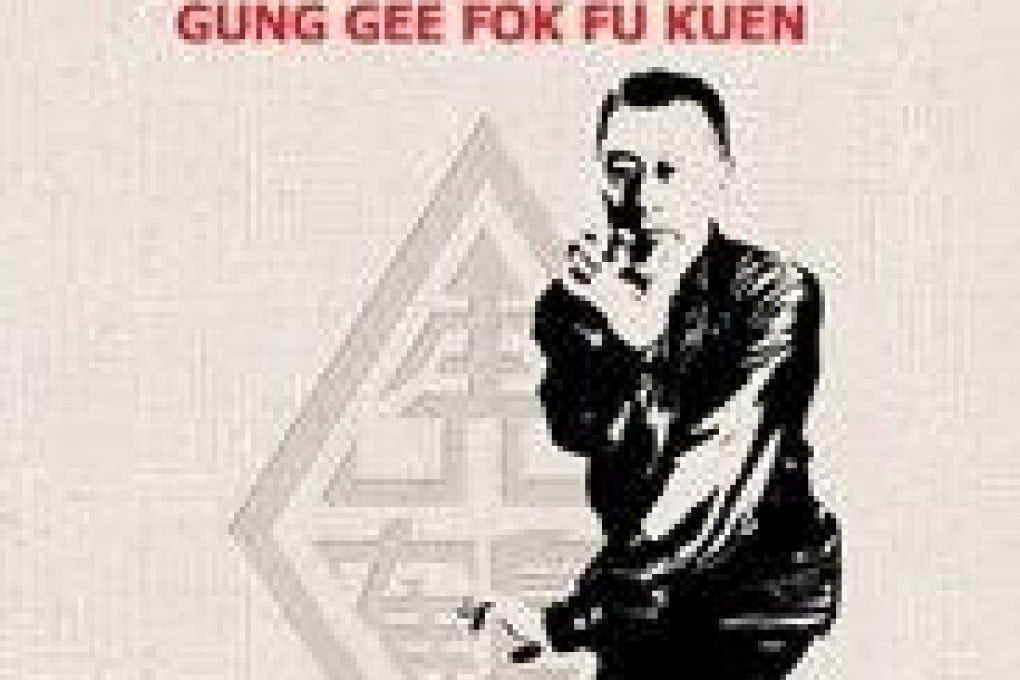Book review: Hung Kuen Fundamentals - Fok Fu Kuen by Hing Chao
Dragon, tiger, snake, leopard, crane: these five animals are the hallmark forms of hung kuen or hung gar kung fu...

by Hing Chao
International Guoshu Association
Dragon, tiger, snake, leopard, crane: these five animals are the hallmark forms of hung kuen or hung gar kung fu - a southern Chinese style of martial arts derived from the famous shaolin brand.

"Hung kuen without a doubt is a pillar of southern Chinese martial arts and one of the most respected and widespread systems of kung fu in the world today," writes the author, cultural conservationist Hing Chao. "Yet," Hing adds, "despite the information age of today and thousands of dedicated practitioners worldwide, there is hardly any literature out there documenting the art itself. How many out there truly understand the real art and the rich tradition of hung kuen or its fundamental tenets, principles and core techniques? Or know the factual information about its long, colourful and at times confusing history?"